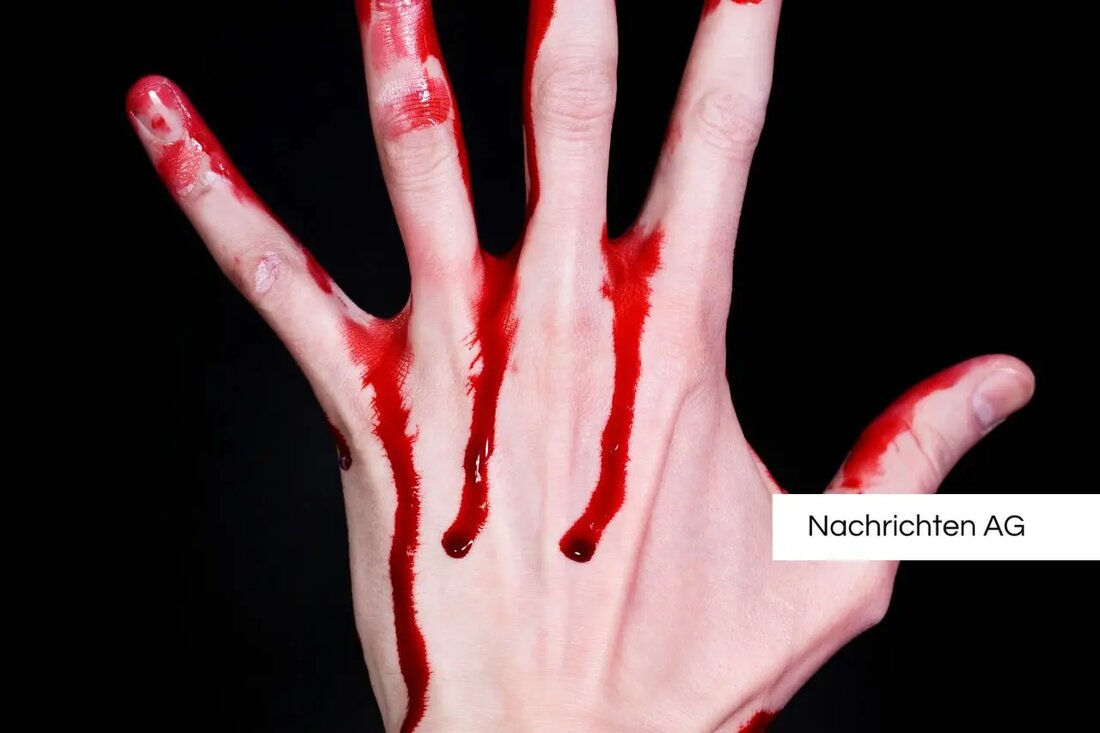Life -saving training: Katetretter in the district of Gießen trained!

Life -saving training: Katetretter in the district of Gießen trained!
On January 8, 2025, 26 “Katetretter” at the Agaplesion Evangelische Hospital Middle Hesse in Gießen took part in a further training for cardiac resuscitation (HLW). These volunteers are registered and are alerted in medical emergencies, especially for breathing or circulatory problems. The advanced training offered the participants an important refreshing of the techniques and processes that are decisive in life -threatening situations.
The advanced training was carried out by Dr. Nils Lenz and Dr. Florian Martens, which also conveyed information about the first aid system. Private lecturer Dr. Valesco Mann also explained the current guidelines for cardiac resolution. In order to consolidate what they have learned, practical exercises took place in which the participants were able to train the resuscitation process.
The role of the "catretter"
In total, over 400 people in the Gießen district are now registered as "catretter". Your goal is to establish a nationwide system for first aid. In an emergency, the central control center not only alerts the emergency services, but also the registered first aiders via a special app. As a result, they can quickly arrive at the site and provide first aid.
The prerequisites for participating in this program are at least nine-hour first aid training and an annual four-hour training. The district of Gießen regularly offers free courses so that as many citizens as possible are able to help in emergency situations. The information on registration as a "catretter" is available on the district's website.
important first aid measures
A central topic of further training was the heart-lung resolutions, which represents a life-saving measure. The correct procedure includes taking off the person on the back, placing the hands in the middle of the chest and carrying out compressions. It is important to press the breast at least 5 to 6 cm deep and with a frequency of 100 to 120 compressions per minute. Trained people can also carry out ventilation while untrained are supposed to concentrate on the compressions.
Another important aspect of first aid is the stable side position that is used for unconscious but breathing people. This position prevents the respiratory tract from being blocked, which is particularly important if the protective reflexes are impaired by unconsciousness. Information about this procedure is available from the drk . The person is positioned in such a way that vomit or blood can flow away, which prevents suffocation.
The actions of the "catretter" and the regular training courses are a sign of the high willingness of citizens in Gießen in an emergency. The training measures not only increase the safety of those affected, but also raise awareness of the importance of first aid in the general public.
| Details | |
|---|---|
| Quellen | |
